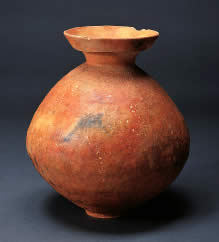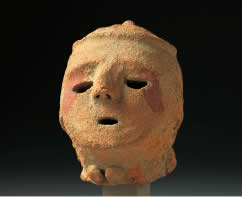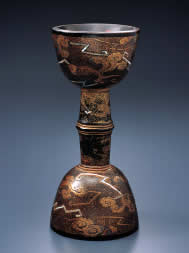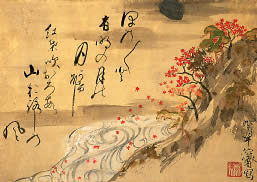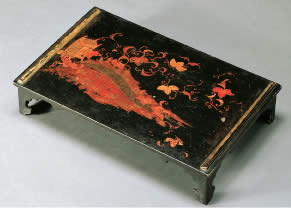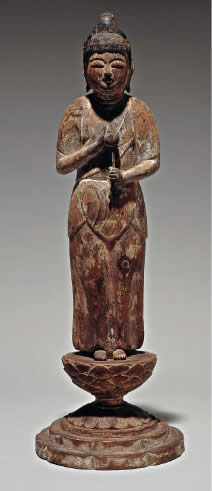 |
| Organized by |
Miho Museum and Kyoto Shimbun. |
| Supported by |
Shiga Prefecture, Shiga Prefectural Board of Education, and NHK Otsu. |
THIS AUTUMN, Miho Museum proudly presents a three-part exhibition on Japanese art in the North Hall.
 See the dawn of Japanese civilization, starting with the Yayoi Period and Haniwa Figurines. Find the roots of Japan through the warm, rustic earthen colors reminiscent of a spring dawn or autumn sunset. The following display, Forms of Prayer, features religious art such as Buddhist and Shinto statues, Buddhist applied arts, and sacred shrine treasures from the Nara (710-794) to Heian (794-1192) periods. Buddhism, which was first introduced to Japan from Korea and China in the sixth century, spread rapidly throughout the Japanese archipelago, syncretizing with the indigenous belief in the native gods. This section shows how these forms of spirituality have deeply penetrated the life of the Japanese. See the dawn of Japanese civilization, starting with the Yayoi Period and Haniwa Figurines. Find the roots of Japan through the warm, rustic earthen colors reminiscent of a spring dawn or autumn sunset. The following display, Forms of Prayer, features religious art such as Buddhist and Shinto statues, Buddhist applied arts, and sacred shrine treasures from the Nara (710-794) to Heian (794-1192) periods. Buddhism, which was first introduced to Japan from Korea and China in the sixth century, spread rapidly throughout the Japanese archipelago, syncretizing with the indigenous belief in the native gods. This section shows how these forms of spirituality have deeply penetrated the life of the Japanese.
 In the last section is a display named after this exhibition, Japanese Designs Celebrating Autumn. Many art works have been left to us by the early Japanese, who were captivated by the beauty of nature, which gives us wondrous forms throughout the year. Nameless artisans created various artifacts through years of observing natural phenomenon, so much so that these works themselves can be called a compendium of seasonal words celebrating the sublime Japanese autumn. In the last section is a display named after this exhibition, Japanese Designs Celebrating Autumn. Many art works have been left to us by the early Japanese, who were captivated by the beauty of nature, which gives us wondrous forms throughout the year. Nameless artisans created various artifacts through years of observing natural phenomenon, so much so that these works themselves can be called a compendium of seasonal words celebrating the sublime Japanese autumn.
|



